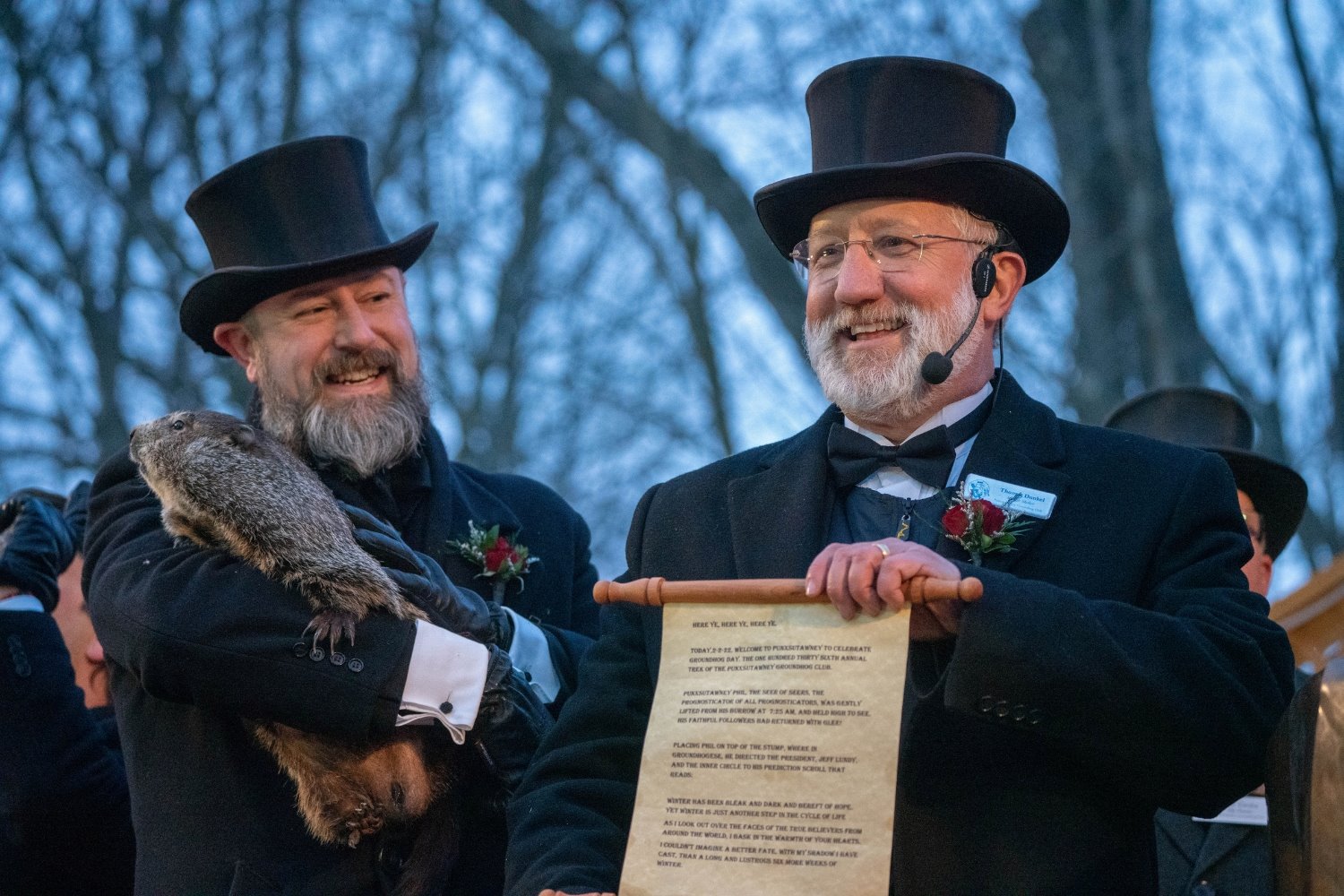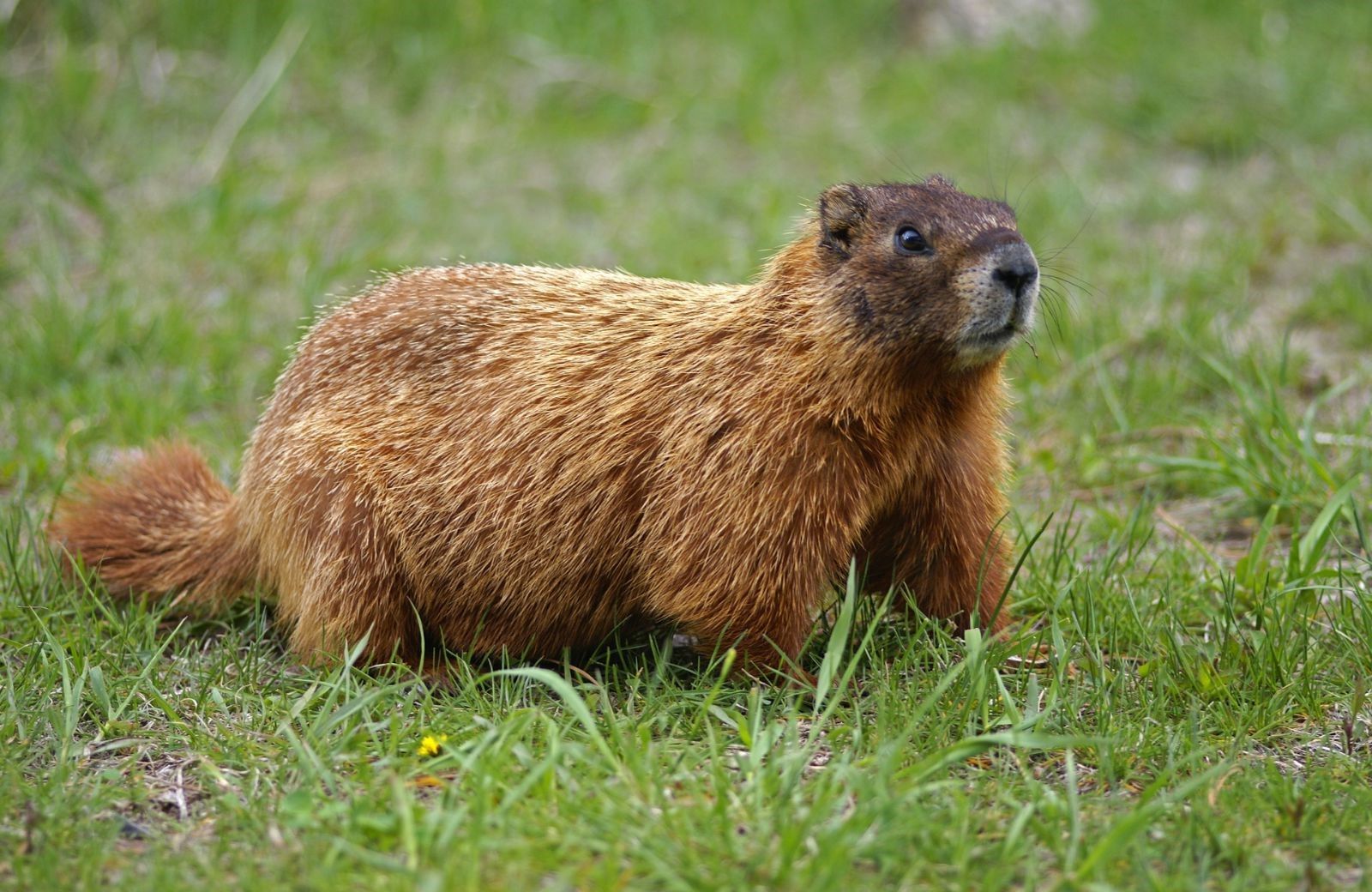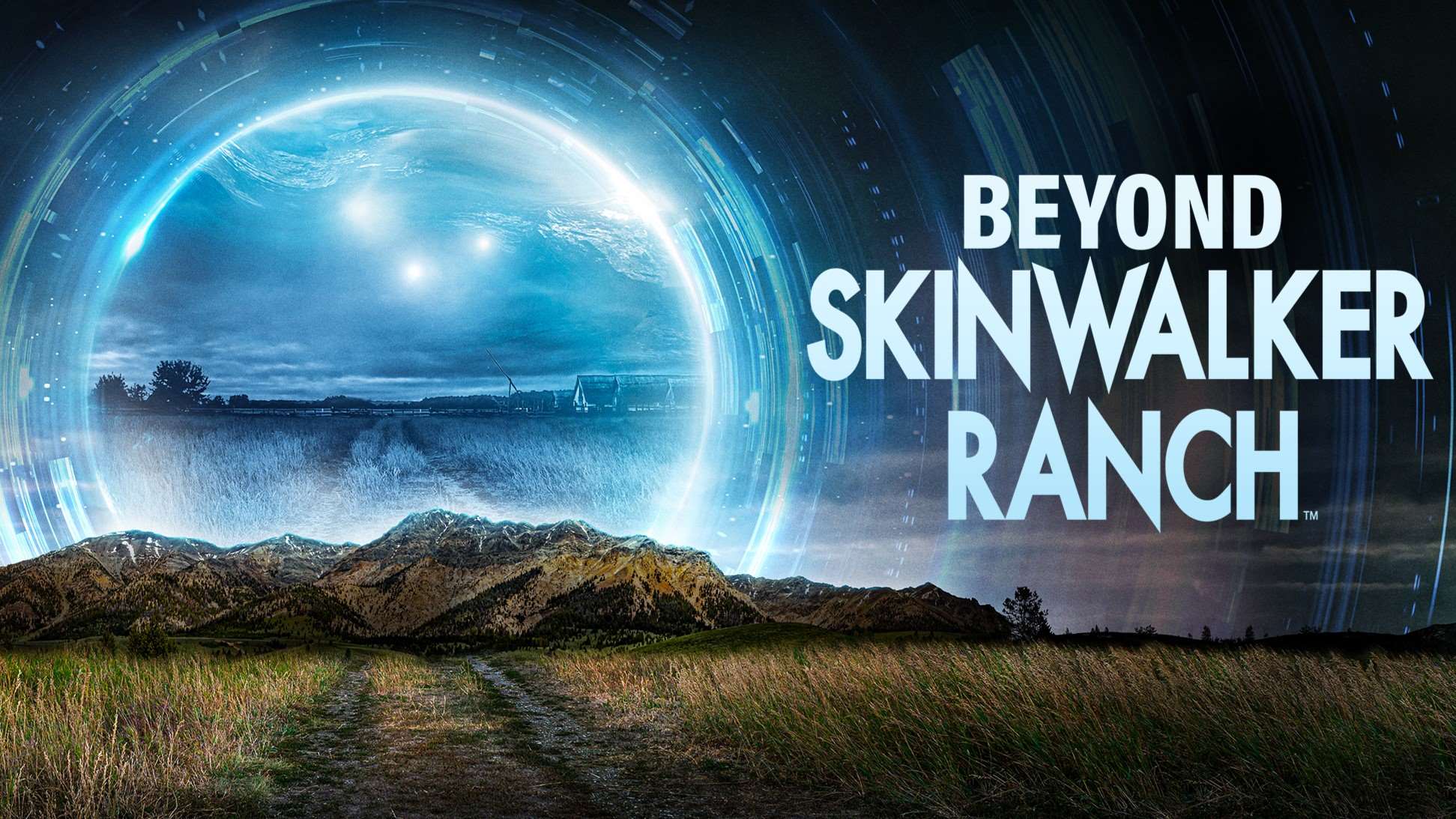Home>Arts and Culture>The Surprising Truth Behind Groundhog Day Revealed!


Arts and Culture
The Surprising Truth Behind Groundhog Day Revealed!
Published: January 28, 2024
Uncover the surprising history and cultural significance of Groundhog Day in this revealing exploration of arts and culture. Discover the truth behind this beloved tradition!
(Many of the links in this article redirect to a specific reviewed product. Your purchase of these products through affiliate links helps to generate commission for Noodls.com, at no extra cost. Learn more)
Table of Contents
Introduction
Every year, on the 2nd of February, a peculiar tradition takes center stage in the United States and Canada. This tradition, known as Groundhog Day, revolves around a furry forecaster, the groundhog, emerging from its burrow to predict the arrival of spring. While this may sound like a whimsical ritual, the history, science, and cultural significance behind Groundhog Day reveal a fascinating tapestry of folklore, meteorology, and community celebration.
In this article, we will embark on a journey to uncover the surprising truth behind Groundhog Day. From its ancient roots to the modern-day festivities, we will delve into the captivating origins, the scientific rationale, and the enduring cultural impact of this enigmatic tradition. Along the way, we will unravel the mystique surrounding the groundhog's predictions and explore the deeper symbolism embedded within this annual event.
Get ready to be captivated by the enthralling tale of Groundhog Day, as we peel back the layers of history and tradition to reveal the intricate blend of nature, folklore, and human connection that defines this remarkable celebration.
Read more: The True Meaning Behind “Have A Blessed Day” Revealed! Uncover The Secrets Of Blessing A Day
The Origin of Groundhog Day
The roots of Groundhog Day can be traced back to ancient European traditions, particularly the Celtic festival of Imbolc. Celebrated at the beginning of February, Imbolc marked the midpoint between the winter solstice and the spring equinox. It was a time of anticipation, as communities rejoiced in the gradual lengthening of daylight and the promise of impending spring.
In the Christian calendar, February 2nd became associated with Candlemas, a feast commemorating the presentation of Jesus at the temple. This occasion also held significance in predicting the arrival of spring, with the belief that clear weather on Candlemas foretold a prolonged winter.
The convergence of these customs laid the groundwork for the emergence of Groundhog Day in North America. As European settlers arrived on the continent, they brought with them a tapestry of traditions, blending them with the customs of indigenous peoples.
Among these amalgamated traditions was the practice of observing animal behavior to forecast the weather. The groundhog, also known as a woodchuck, emerged as the chosen harbinger of spring, owing to its hibernation patterns and emergence in early February.
The earliest official celebration of Groundhog Day in the United States dates back to the late 19th century in Punxsutawney, Pennsylvania. The town's unique observance of the groundhog's shadow, popularized by the 1993 film "Groundhog Day," catapulted this quaint tradition into the global spotlight.
Today, Groundhog Day stands as a testament to the enduring legacy of cultural exchange and the fusion of diverse customs. It serves as a poignant reminder of the intrinsic human desire to seek connection with nature and find hope in the promise of renewal.
As we unravel the intricate tapestry of Groundhog Day, we gain insight into the profound interplay of history, folklore, and the timeless rhythms of the natural world. This annual celebration transcends its origins, resonating with people from all walks of life and beckoning us to embrace the enduring spirit of anticipation and optimism.
The story of Groundhog Day is a testament to the enduring power of tradition, the rich tapestry of human culture, and the timeless quest for connection with the natural world.
The Science Behind Groundhog Day
The whimsical tradition of Groundhog Day, with its reliance on a furry meteorologist to predict the arrival of spring, may appear to be steeped in folklore and whimsy. However, beneath the surface of this charming spectacle lies a fascinating intersection of natural phenomena, animal behavior, and meteorological science.
At the heart of Groundhog Day lies the age-old belief that the behavior of animals can provide insights into the weather patterns to come. In the case of the groundhog, also known as a woodchuck, its emergence from hibernation in early February serves as the focal point of this annual ritual. As the groundhog ventures out of its burrow, the onlookers eagerly await its reaction to the prevailing weather conditions.
The scientific underpinnings of this tradition can be traced to the intricate interplay of environmental cues and animal instincts. The emergence of the groundhog from hibernation is closely tied to changes in daylight and temperature, both of which serve as reliable indicators of seasonal transitions. This natural behavior, deeply ingrained in the groundhog's biological rhythms, forms the basis for its perceived ability to forecast the arrival of spring.
Moreover, the tradition of observing animal behavior for weather predictions aligns with the principles of phenology, the study of recurring plant and animal life cycle events and how they are influenced by seasonal and interannual variations in climate. Phenological indicators, such as the timing of bud burst in trees and the migration of birds, offer valuable insights into the progression of seasons and serve as early signals of environmental changes.
From a meteorological perspective, the significance of Groundhog Day extends beyond folklore, resonating with the broader concept of seasonal forecasting. While the groundhog's predictions may be steeped in tradition, they symbolize the innate human fascination with deciphering nature's subtle cues and anticipating the shifting rhythms of the natural world.
In essence, the science behind Groundhog Day transcends the realm of myth and superstition, offering a window into the intricate interplay of animal behavior, environmental cues, and the enduring human quest to unravel the mysteries of the natural world. This unique convergence of tradition and science underscores the timeless allure of Groundhog Day, inviting us to marvel at the harmonious dance of nature and the enduring human fascination with the cyclical rhythms of the seasons.
Cultural Significance of Groundhog Day
Groundhog Day holds a profound cultural significance that transcends its whimsical facade, weaving a rich tapestry of communal traditions, seasonal symbolism, and the enduring spirit of anticipation. At its core, this annual observance serves as a poignant reflection of the human connection to nature, the passage of time, and the perennial hope for renewal.
The celebration of Groundhog Day resonates deeply with communities across North America, serving as a cherished symbol of communal unity and shared heritage. Each year, individuals gather to partake in the festivities, eagerly awaiting the emergence of the groundhog from its burrow. This collective anticipation fosters a sense of camaraderie and shared excitement, fostering a profound sense of belonging and togetherness.
Moreover, Groundhog Day embodies the timeless human fascination with the cyclical rhythms of the natural world. As the groundhog assumes the role of a seasonal soothsayer, its emergence becomes a focal point for communities to reflect on the passage of time, the changing of seasons, and the enduring cycle of life. This annual tradition serves as a poignant reminder of the interconnectedness between humanity and the environment, fostering a deep appreciation for the subtle shifts that herald the arrival of spring.
The cultural significance of Groundhog Day also extends to its role as a beacon of optimism and hope. As the groundhog's predictions capture the collective imagination, they evoke a sense of optimism and renewal, offering a glimmer of hope amidst the winter doldrums. This enduring optimism, woven into the fabric of Groundhog Day, serves as a testament to the resilience of the human spirit and the unwavering belief in the promise of brighter days ahead.
Furthermore, Groundhog Day embodies the time-honored tradition of folklore and storytelling, enriching communities with a sense of wonder and enchantment. Through the retelling of age-old tales and the perpetuation of customs, this annual celebration becomes a vessel for passing down cultural heritage from one generation to the next, fostering a sense of continuity and connection to the past.
In essence, the cultural significance of Groundhog Day transcends its role as a lighthearted spectacle, offering a profound reflection of human interconnectedness, the enduring pursuit of hope, and the preservation of communal traditions. This annual observance stands as a testament to the enduring power of cultural heritage, community spirit, and the timeless allure of nature's seasonal symphony.
The Truth Behind Groundhog Day Predictions
The annual tradition of Groundhog Day revolves around the eagerly anticipated predictions made by the groundhog regarding the arrival of spring. As the furry forecaster emerges from its burrow, all eyes turn to observe its behavior, with the belief that its actions hold the key to unlocking the mysteries of the impending seasonal transition. However, behind the whimsy and folklore lies a deeper truth about the nature of these predictions.
It is essential to recognize that the predictions made by the groundhog on February 2nd are rooted in tradition and symbolism rather than empirical meteorological forecasting. While the groundhog's behavior may capture the collective imagination and evoke a sense of anticipation, it is important to approach these predictions with a nuanced understanding of their cultural and historical significance.
The truth behind Groundhog Day predictions lies in their role as a timeless expression of human fascination with nature's rhythms and the enduring quest for hope amidst the winter months. The groundhog's emergence serves as a symbolic marker, signaling the gradual transition from winter to spring and offering a beacon of optimism in the midst of the seasonal doldrums.
It is crucial to view the groundhog's predictions through the lens of folklore and communal tradition, recognizing their capacity to foster a sense of unity, anticipation, and shared celebration. The enduring appeal of these predictions lies in their ability to kindle a spirit of optimism and renewal, enriching communities with a sense of wonder and connection to the natural world.
Moreover, the truth behind Groundhog Day predictions underscores the profound interplay between cultural heritage, storytelling, and the preservation of communal customs. As communities gather to witness the groundhog's annual appearance, they partake in a collective narrative woven with the threads of tradition, folklore, and the timeless pursuit of hope.
In essence, the truth behind Groundhog Day predictions transcends their literal interpretation, inviting us to embrace the enduring symbolism and cultural resonance embedded within this annual tradition. While the predictions themselves may not align with scientific meteorological forecasts, their intrinsic value lies in their capacity to ignite the human spirit with a sense of optimism, unity, and the timeless allure of nature's seasonal ebb and flow.
Conclusion
In the tapestry of human traditions, Groundhog Day stands as a testament to the enduring allure of nature's rhythms, the rich heritage of communal celebrations, and the timeless pursuit of hope. As we journey through the origins, science, cultural significance, and the truth behind Groundhog Day, we unravel a captivating narrative that transcends the whimsical spectacle of a furry forecaster and delves into the profound interplay of history, folklore, and human connection.
Groundhog Day's cultural significance extends far beyond its lighthearted facade, weaving a rich tapestry of communal unity, seasonal symbolism, and the enduring spirit of anticipation. It serves as a poignant reminder of the interconnectedness between humanity and the environment, fostering a deep appreciation for the subtle shifts that herald the arrival of spring. The annual observance becomes a vessel for passing down cultural heritage from one generation to the next, fostering a sense of continuity and connection to the past.
Furthermore, the science behind Groundhog Day unveils a fascinating intersection of natural phenomena, animal behavior, and meteorological science. It offers a window into the intricate interplay of environmental cues and animal instincts, underscoring the enduring human fascination with deciphering nature's subtle cues and anticipating the shifting rhythms of the natural world.
The truth behind Groundhog Day predictions lies in their role as a timeless expression of human fascination with nature's rhythms and the enduring quest for hope amidst the winter months. The enduring appeal of these predictions lies in their ability to kindle a spirit of optimism and renewal, enriching communities with a sense of wonder and connection to the natural world.
In essence, Groundhog Day transcends its role as a mere observance, offering a profound reflection of human interconnectedness, the enduring pursuit of hope, and the preservation of communal traditions. This annual celebration stands as a testament to the enduring power of cultural heritage, community spirit, and the timeless allure of nature's seasonal symphony. As we bid farewell to another Groundhog Day, we carry with us the enduring spirit of anticipation, the timeless embrace of tradition, and the unwavering belief in the promise of brighter days ahead.














